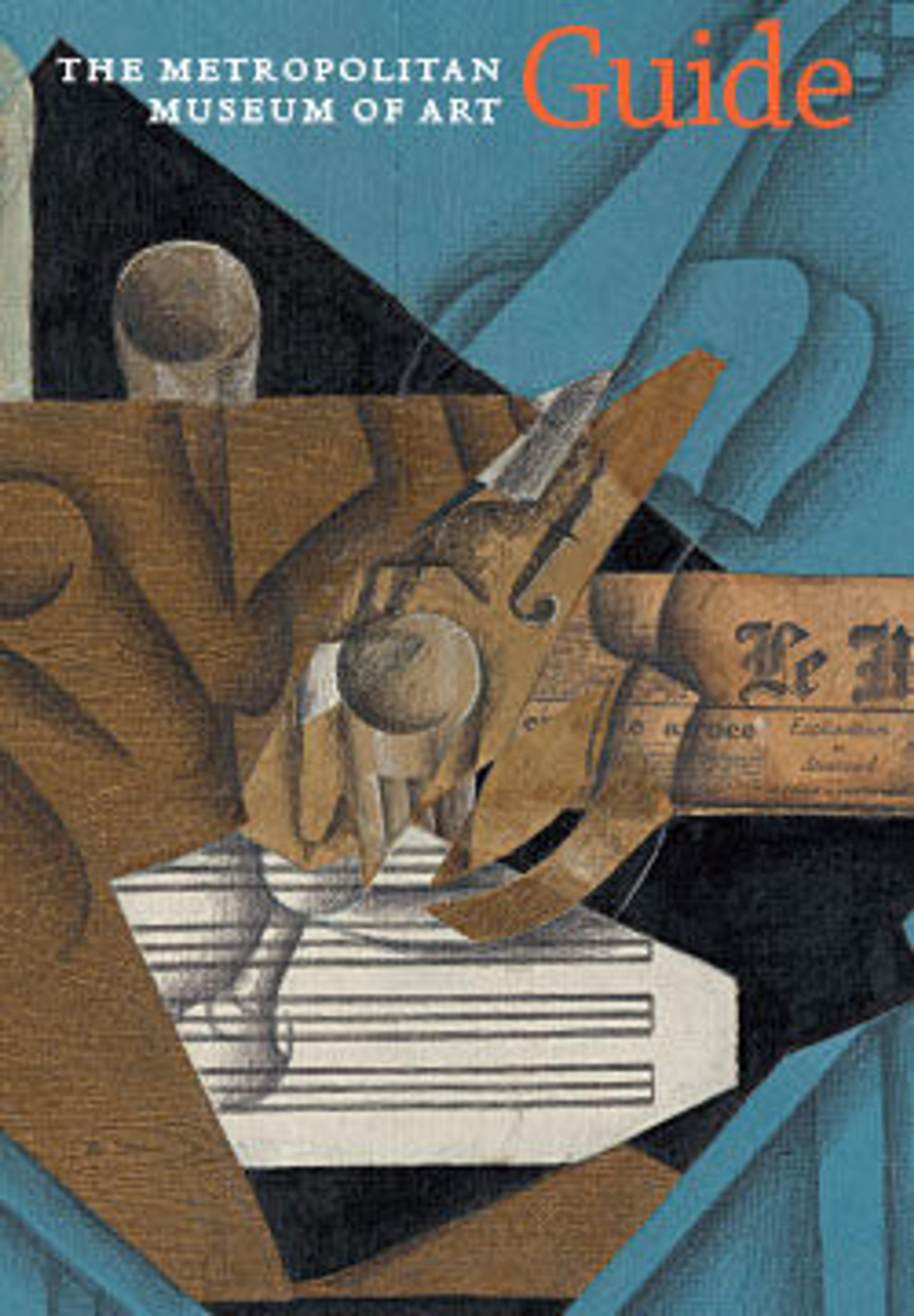Haremhab as a Scribe of the King
He sits erect, but relaxed, his gaze slightly down. Across his knees he unrolls a papyrus scroll on which he has composed a hymn to the god Thoth, patron of scribes. A shell containing ink lies on his left knee. Over his left shoulder is a strap with a miniature scribe's kit attached to each end. A figure of the god Amun is incised on his forearm, perhaps indicating a tattoo.
In this statue the unlined, youthful face is belied by the potbelly and the folds of flesh beneath the breasts. These artistic conventions indicate that the subject has reached the age of wisdom. Although the scribal pose exhibits the frontal orientation common to all formal Egyptian statue, it may be appreciated more fully as a piece of sculpture in the round since it has no back pillar. The youthful face reflects the features seen on many statues depicting Tutankhamun (50.6), and the style of this magnificent life-size sculpture retains some of the softness and naturalism of the earlier Amarna period while looking forward to later Ramesside art.
Link to a blog about scribes in Ancient Egypt
Showing Signs: Hieroglyphs and Palettes in the Stela of Irtisen
Artwork Details
- Title: Haremhab as a Scribe of the King
- Period: New Kingdom
- Dynasty: Dynasty 18
- Reign: reign of Tutankhamun or Aya
- Date: ca. 1336–1323 B.C.
- Geography: From Egypt; Said to be from Memphite Region, Memphis (Mit Rahina), Ptah Temple, a hole among palm trees
- Medium: Granodiorite
- Dimensions: h. 113 cm (44 1/2 in); w. 71 cm (27 15/16 in); d. 55.5 cm (21 7/8 in)
- Credit Line: Gift of Mr. and Mrs. V. Everit Macy, 1923
- Object Number: 23.10.1
- Curatorial Department: Egyptian Art
Audio
3585. Haremhab as a Scribe of the King, Part 1
Gallery 121
During the reign of the young King Tutankhamun, the man you see here was a formidable power behind the throne. His name was Haremhab. After the death of King Aya, Tutankhamun’s successor, Haremhab himself became king of Egypt. This statue was created before he ascended the throne, at a time when he was army commander-in-chief and an administrator. Here, however, we do not see him in military garb. He sits on the ground, with his legs crossed in the pose of a scribe. His left hand holds the rolled end of a papyrus that is spread over his lap, while his right hand—now missing—was poised as if ready to write. The scribal badge of office—an ink pot—hangs over his shoulder, and a real ink pot lies on his left knee. Such scribal statues were first created during the Pyramid Age for princes of the royal house, and they remained reserved for high officials. Clearly, literacy meant power in ancient Egypt.
Most earlier scribal statues sit upright, and their gaze goes into the far distance. Haremhab’s head is bent slightly forward, and his eyes look down as if in contemplation. In this posture, the work follows a number of famous scribal images from the reign of Akhenaten’s father Amenhotep III. In this statue, Haremhab’s artists strove to recreate the pre-Amarna image of a wise man.
There is an invocation to the god Ptah inscribed on the statue’s base, while a hymn to Thoth, the god of writing, is carved on the papyrus. On Haremhab’s right arm is the figure of the god Amun. This may be a tattoo. In any case, it’s a sure sign of Haremhab’s loyalty to the old gods.
The statue of Haremhab as a scribe is one of the great masterpieces of what art historians call the post-Amarn period. If you’d like to hear more about this time, press the green play button now.
Listen to more about this artwork
More Artwork
Research Resources
The Met provides unparalleled resources for research and welcomes an international community of students and scholars. The Met's Open Access API is where creators and researchers can connect to the The Met collection. Open Access data and public domain images are available for unrestricted commercial and noncommercial use without permission or fee.
To request images under copyright and other restrictions, please use this Image Request form.
Feedback
We continue to research and examine historical and cultural context for objects in The Met collection. If you have comments or questions about this object record, please contact us using the form below. The Museum looks forward to receiving your comments.
